Murray Bowen’s life journey shaped his theory, and his various experiences played heavily into his work. This timeline shows his life through a series of photos.
1913-1931
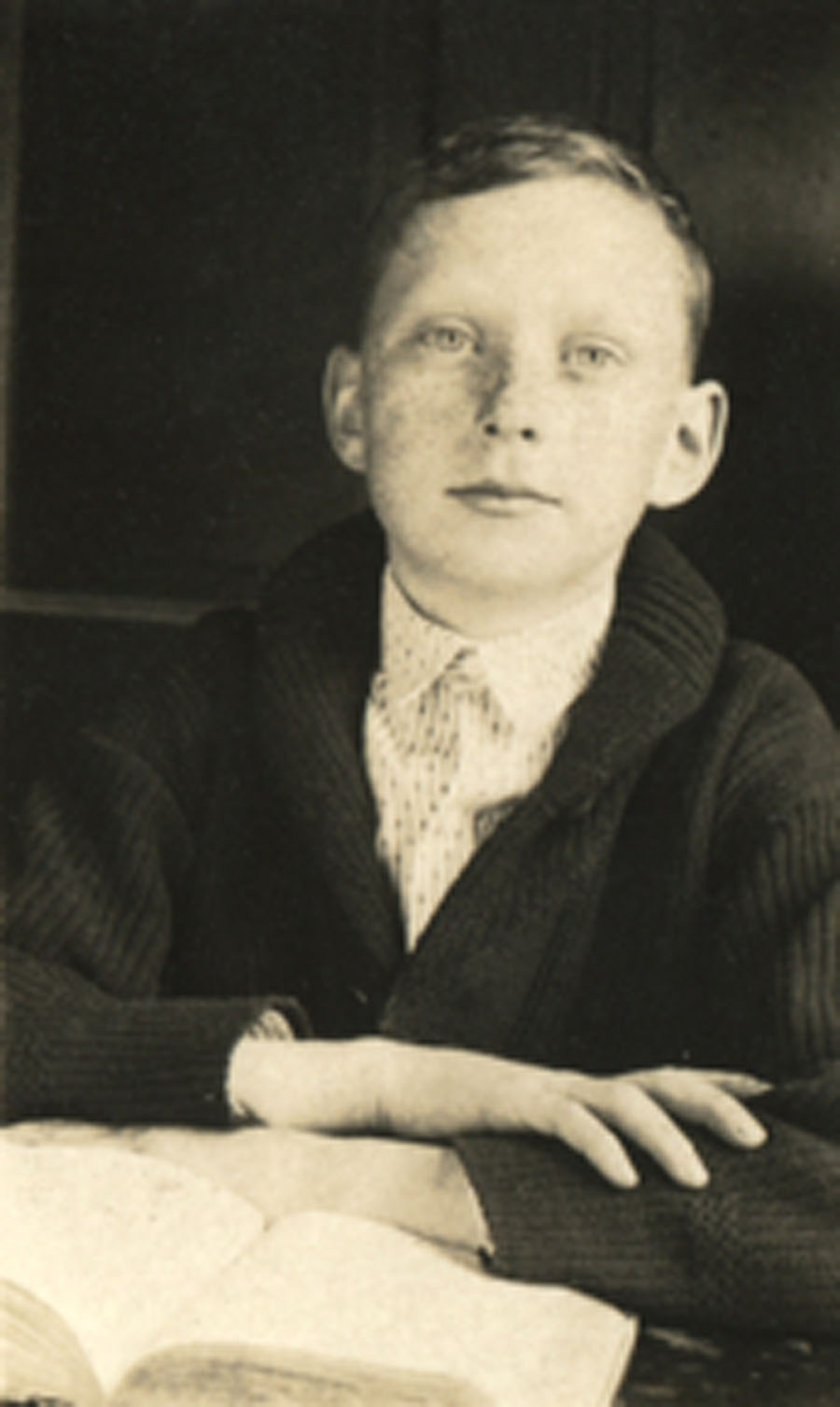
|
Waverly, Tennessee
Born and raised in Waverly, TN. The eldest of 5 children, Dr. Bowen was born and raised on a farm in a small, rural community. His childhood experiences later informed his theory of human behavior.
1929-1934: Great Depression
Photo Gallery
|
1931-1934
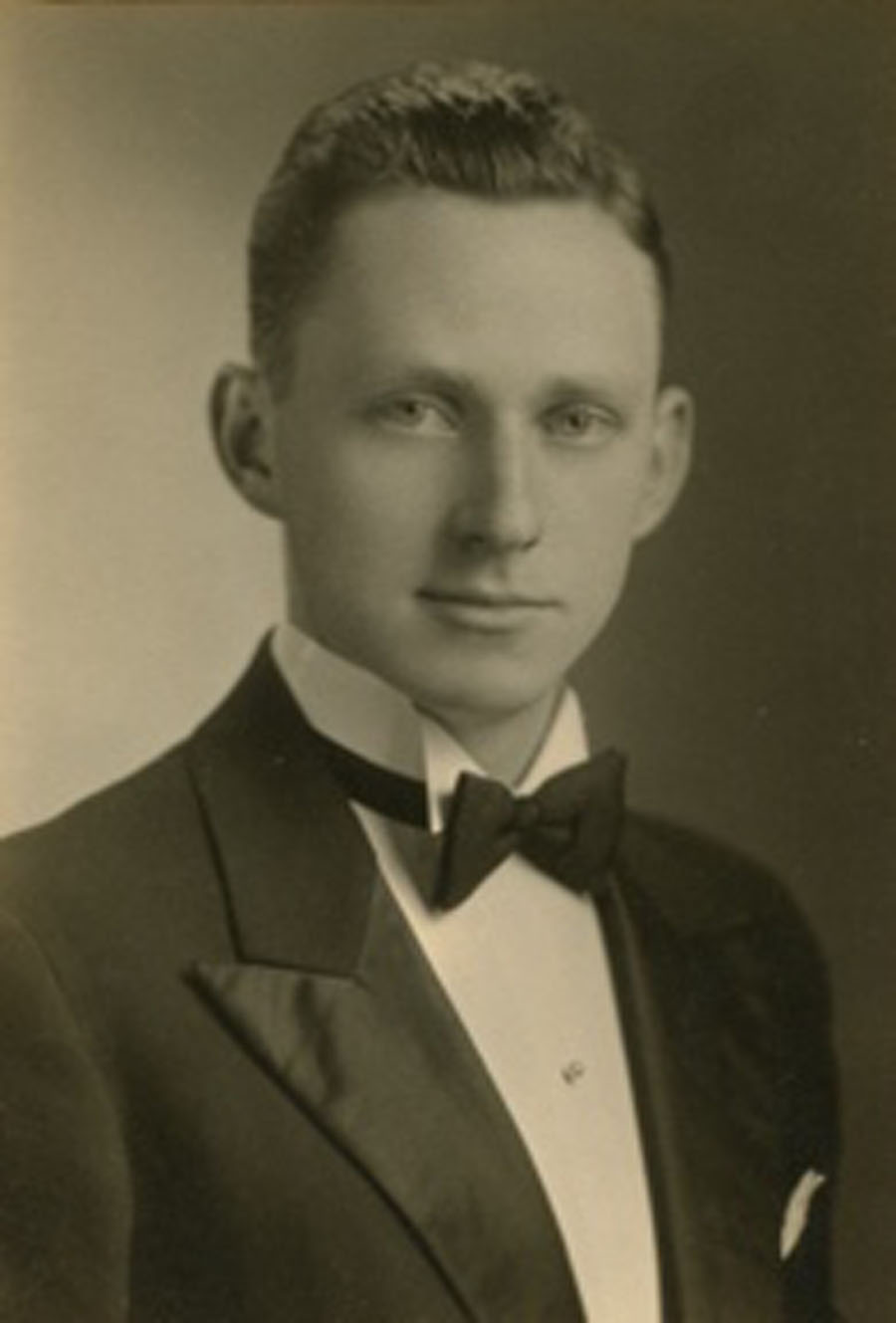
|
University of Tennessee, Knoxville
As an undergraduate, studying for a bachelor of science, he joined the Sigma Chi Fraternity, whose founder noted, “… the main aim … of Sigma Chi … is to develop and train broad-minded men who can recognize the wholeness of things and who are not bound … to a … notion of exclusiveness.…”
Photo Gallery
|
1934-1937
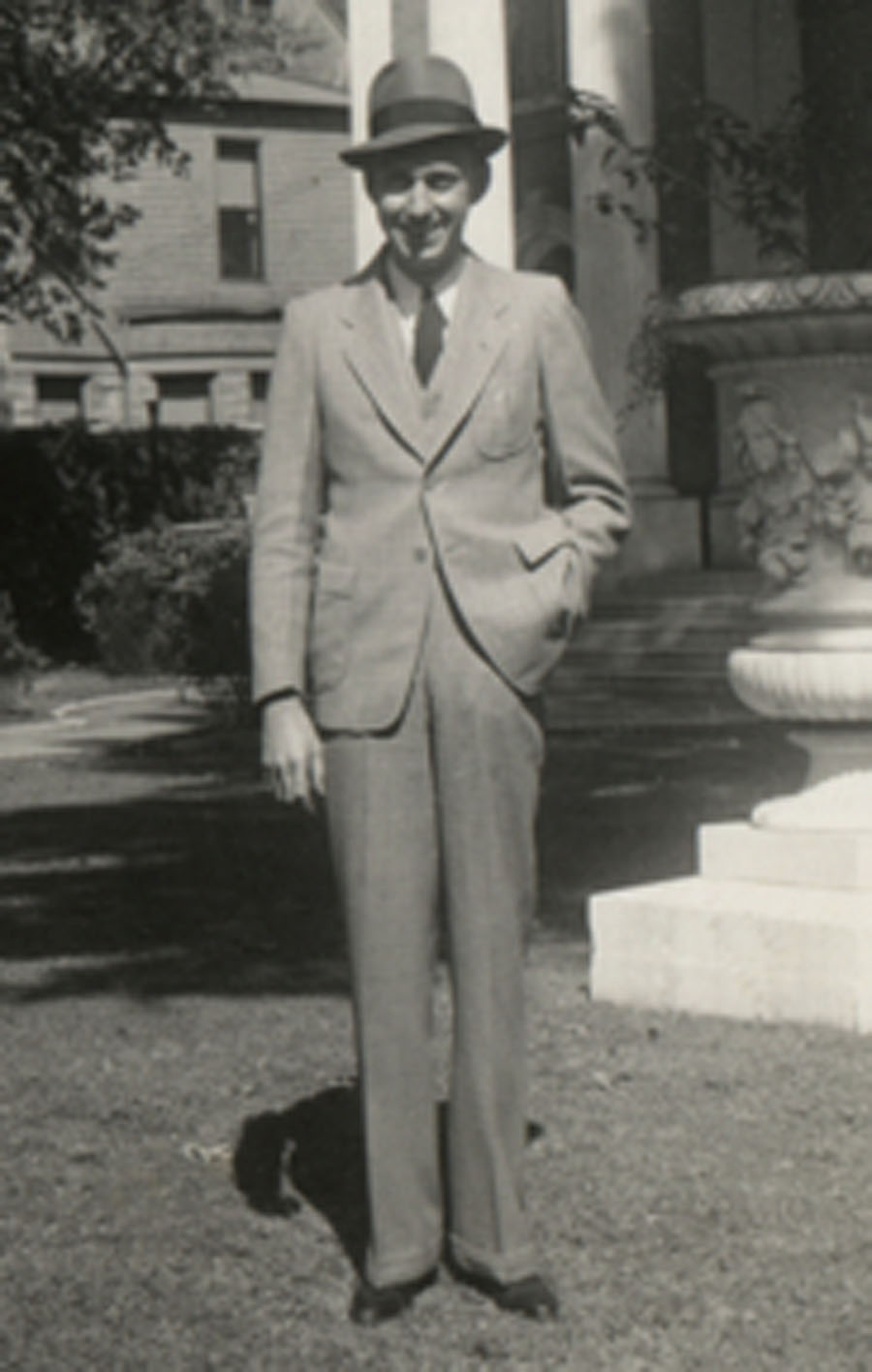
|
University of Tennessee Medical School, Memphis
While earning his M.D., Dr. Bowen was a member of the medical Phi Chi Fraternity, whose mission includes devotion to the art and science of medicine.
Photo Gallery
|
1938
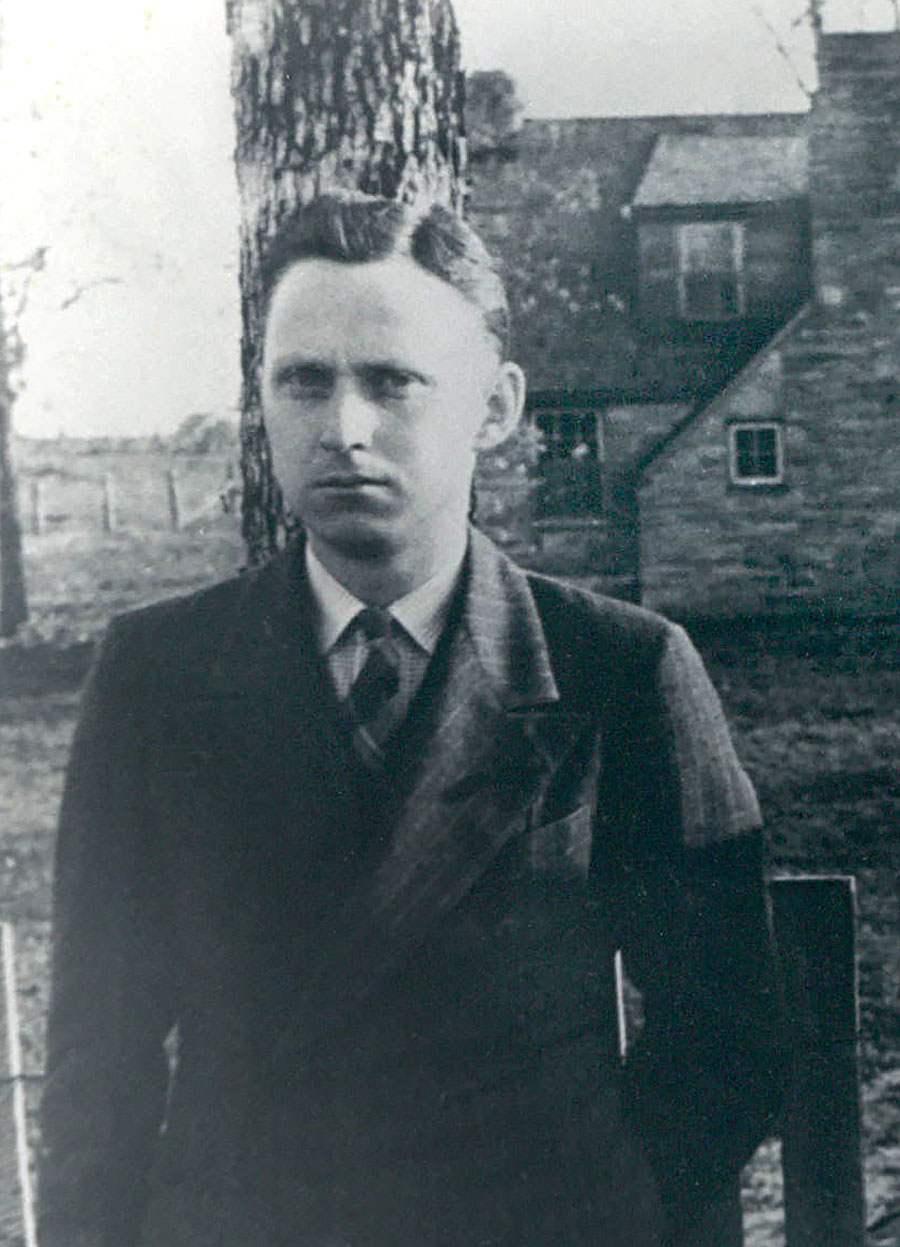
|
Crossville, Tennessee
In early 1938, as a new doctor, Bowen served as Project Physician for the Cumberland Homestead Project. In June 1938, when the permanent physician arrived, Bowen resigned.
1938: Cumberland Homestead Project
Under the New Deal, the federal government chose Cumberland County, Tennessee, as a site to build a sustainable community to help miners, farmers and factory workers hit hard by the Depression.
Photo Gallery
|
1938
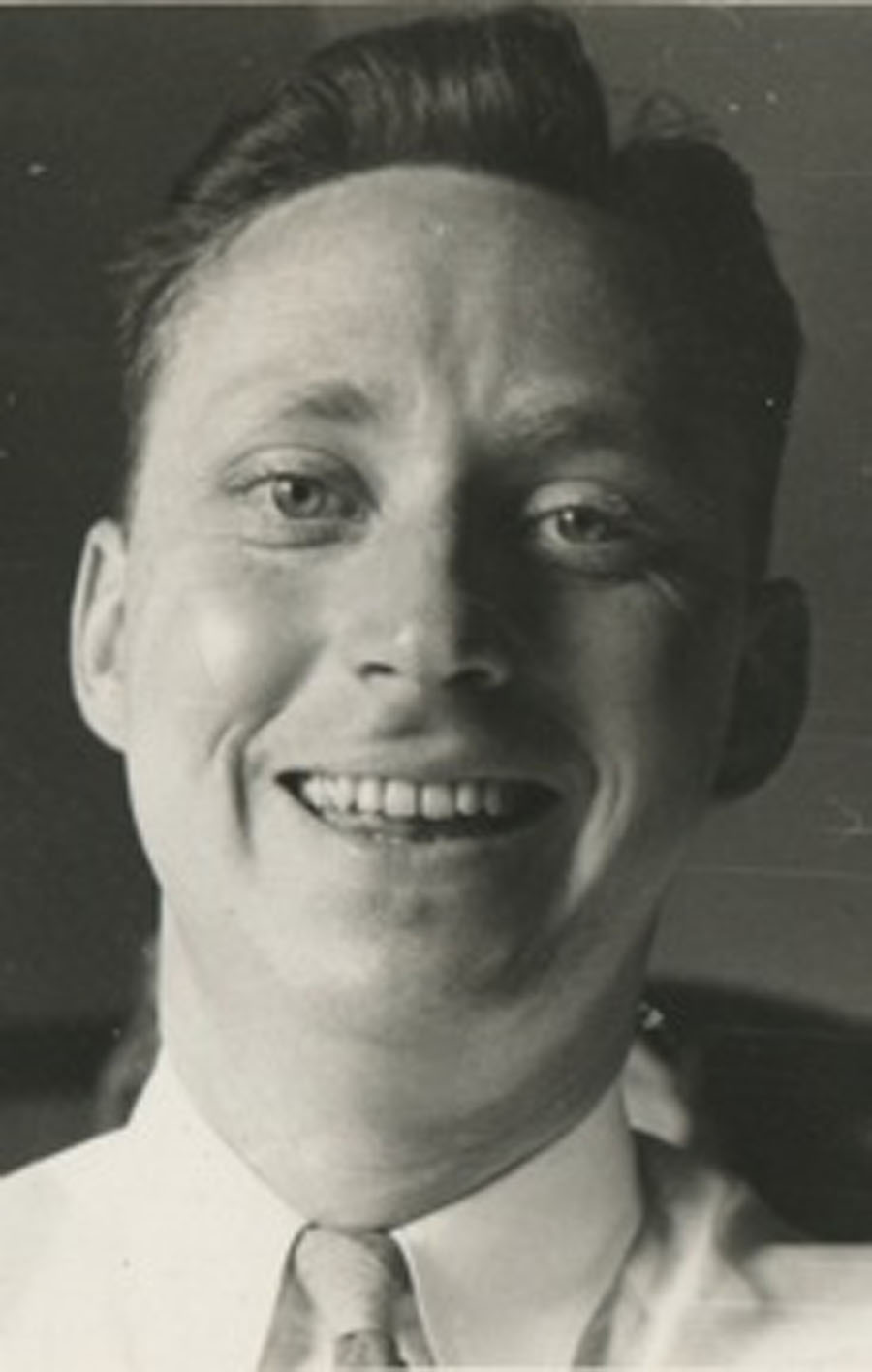
|
Bellevue Hospital, New York, New York
Dr. Bowen achieved his dream of working in New York City when he began an internship in neurology at Bellevue.
Photo Gallery
|
1939-1941
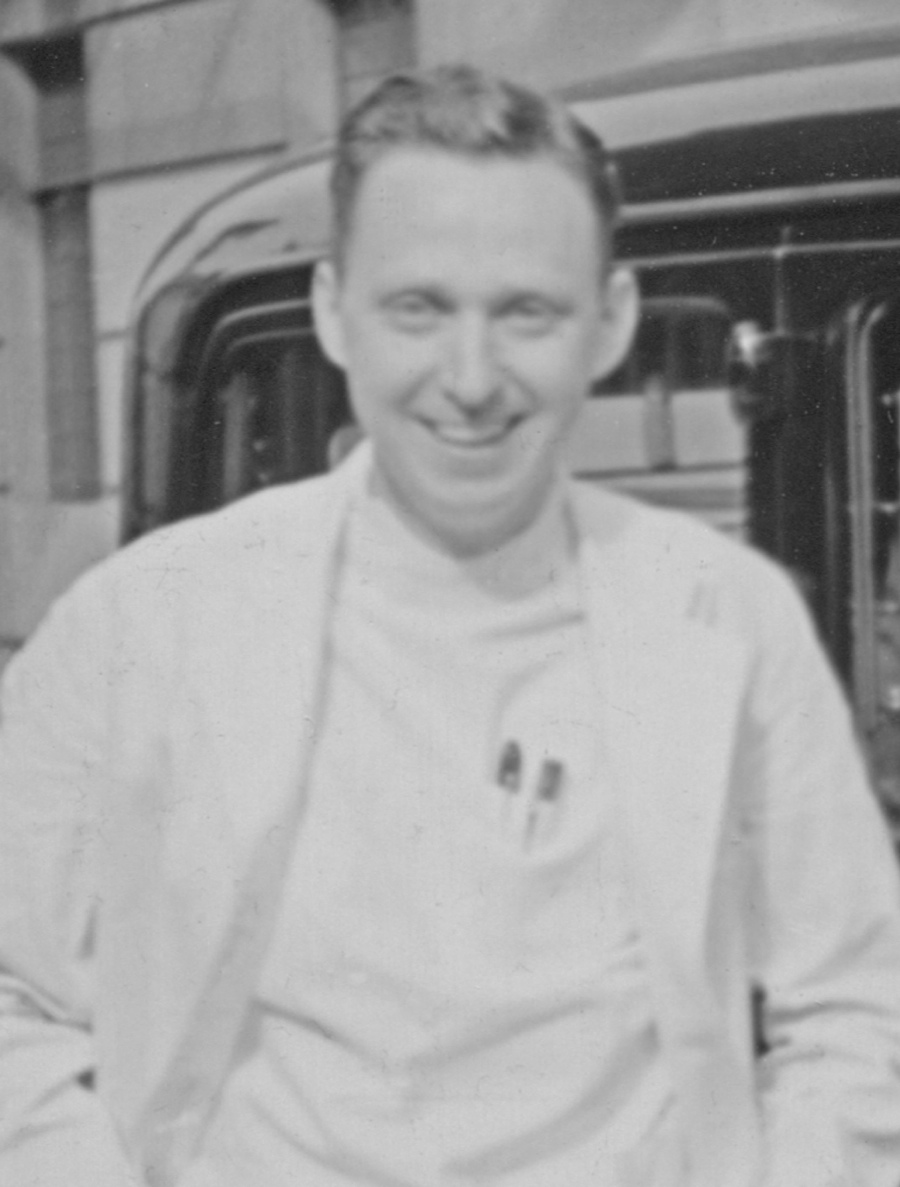
|
Grasslands Hospital, Valhalla, New York
Dr. Bowen grew increasingly interested in surgery. He began to design a mechanical heart, but there was too little time to finish it. He was accepted for a fellowship in surgery at the Mayo Clinic, but had to postpone it to complete military service.
1939–1945: World War II
War breaks out in Europe in 1939; the U.S. enters the war in December 1941.
Photo Gallery
|
1941-1946
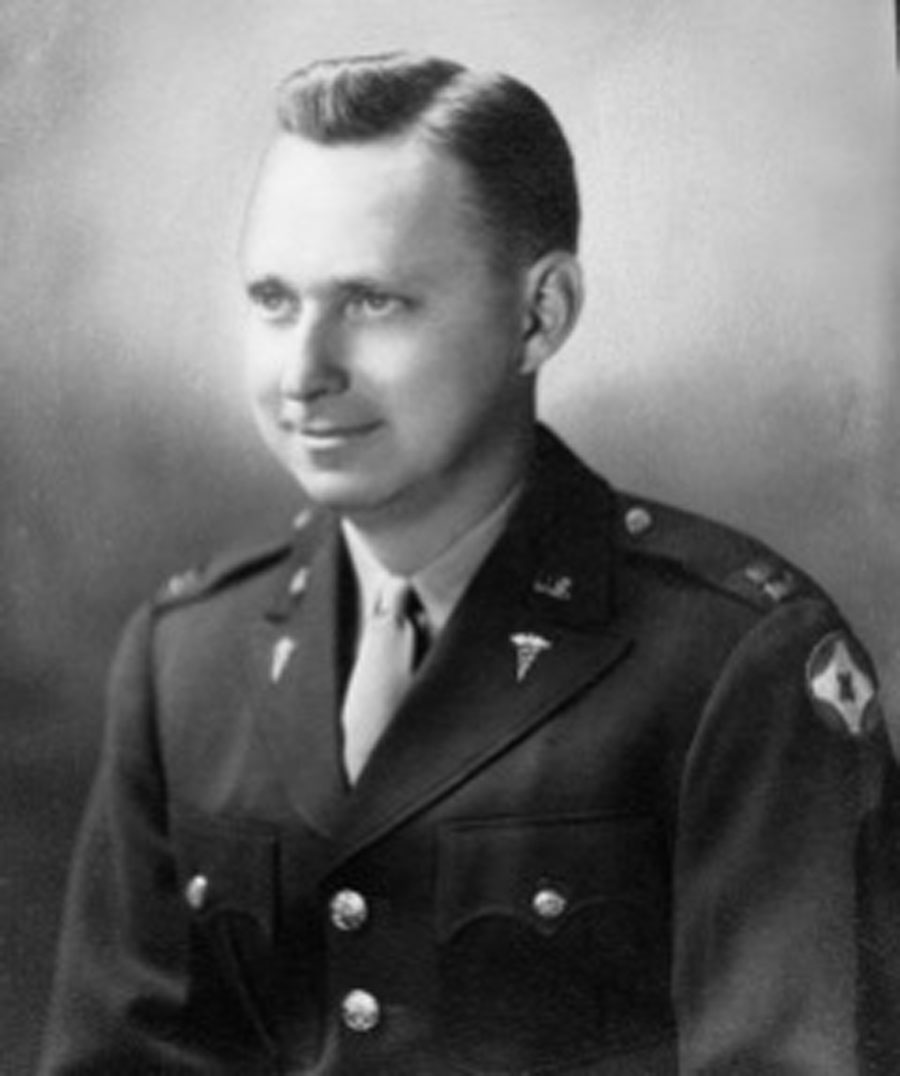
|
Fort Bragg, North Carolina, and Europe
While serving in the Army during World War II, Dr. Bowen’s observations of what would later be termed post-traumatic stress disorder changed his interest from surgery to psychiatry. Dr. Bowen held various leadership positions at Army hospitals in U.S., England and France.
Photo Gallery
|
1946-1954
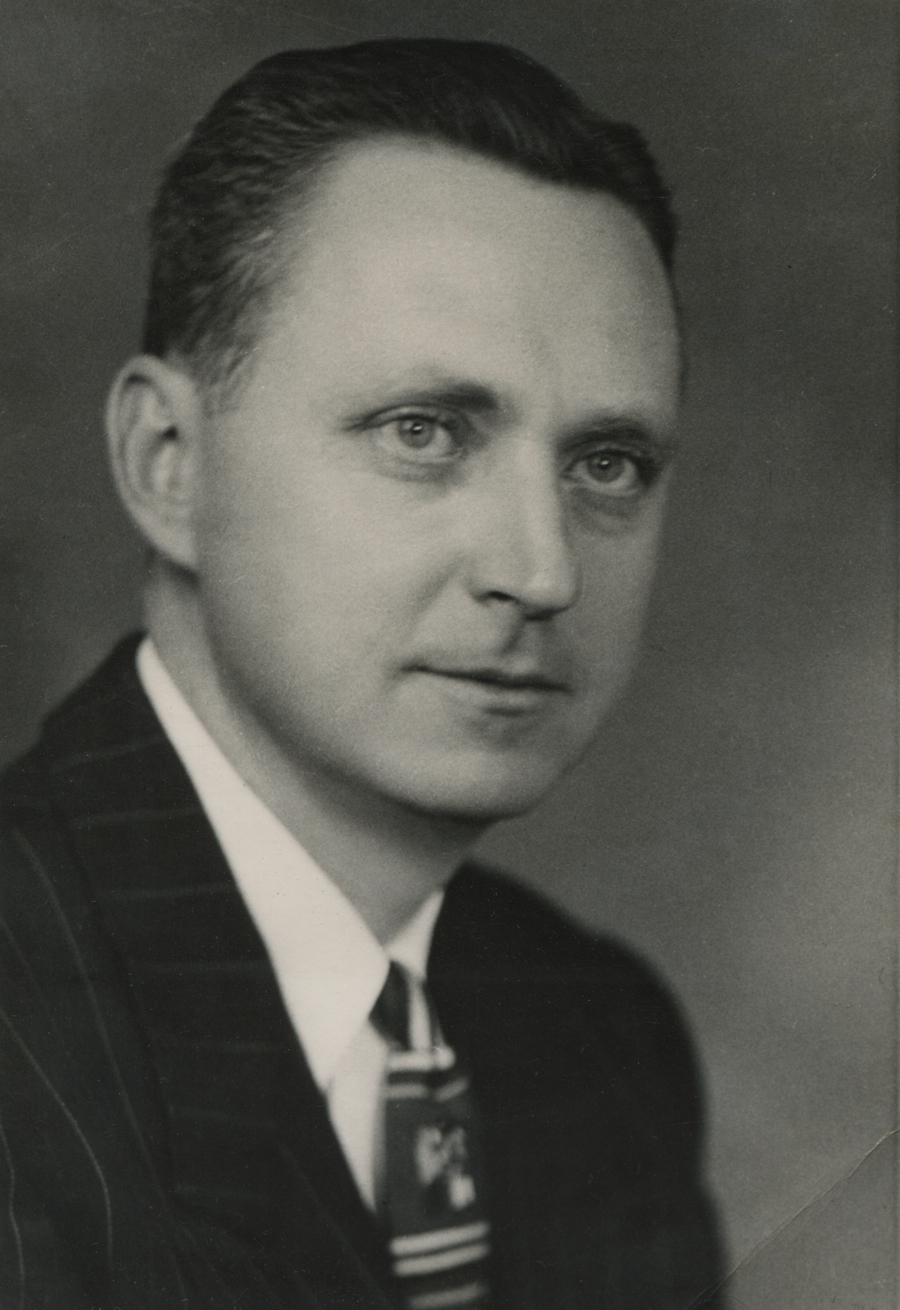
|
Menninger Foundation, Topeka, Kansas
Dr. Bowen accepted a Fellowship in Psychiatry at Menninger and stayed on as a staff psychiatrist. There he learned that problems with individuals were with the family to begin with. This work, together with his interest in science, led him to begin developing a new theory of human behavior.
Photo Gallery
|
1954-1959
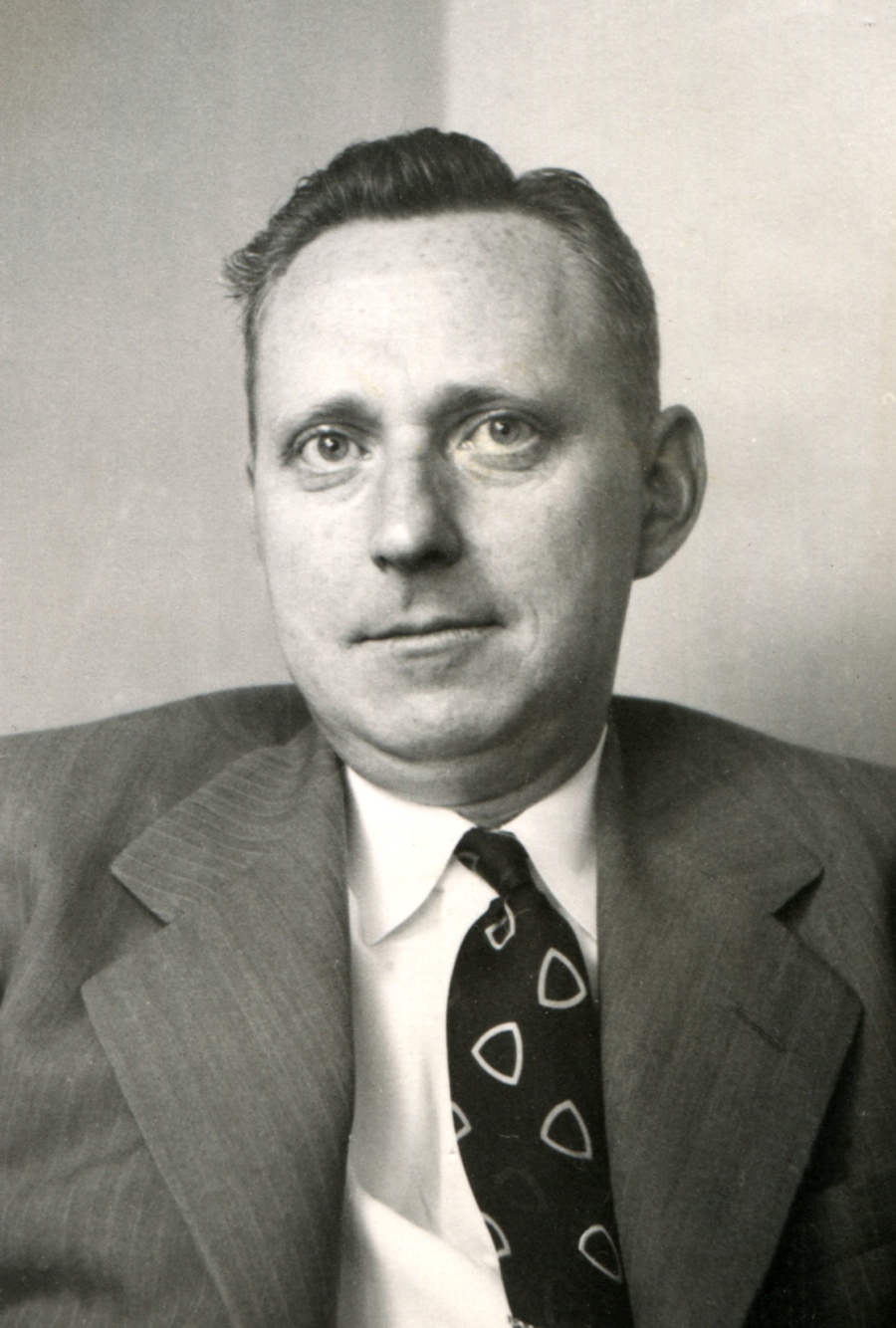
|
National Institute of Mental Health, Bethesda, Maryland
Dr. Bowen’s Family Study Project — a groundbreaking project that involved observing families of schizophrenics who were hospitalized at NIMH — influenced the development of his family systems theory and family therapy.
Photo Gallery
|
1959-1990
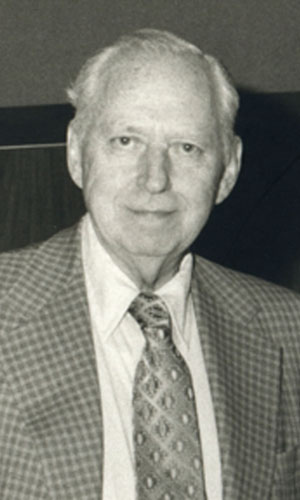
|
Georgetown University, Washington, DC
As a Clinical Professor of Psychiatry in the School of Medicine, Dr. Bowen taught and continued developing his theory, which is known today as Bowen Family Systems Theory. He formed the Family faculty and implemented a post-graduate program. In 1975, he founded the Georgetown University Family Center, which continues today, independently, as the Bowen Center for the Study of the Family.
Photo Gallery
|
» View “The Book of Bowen” as a PDF




















